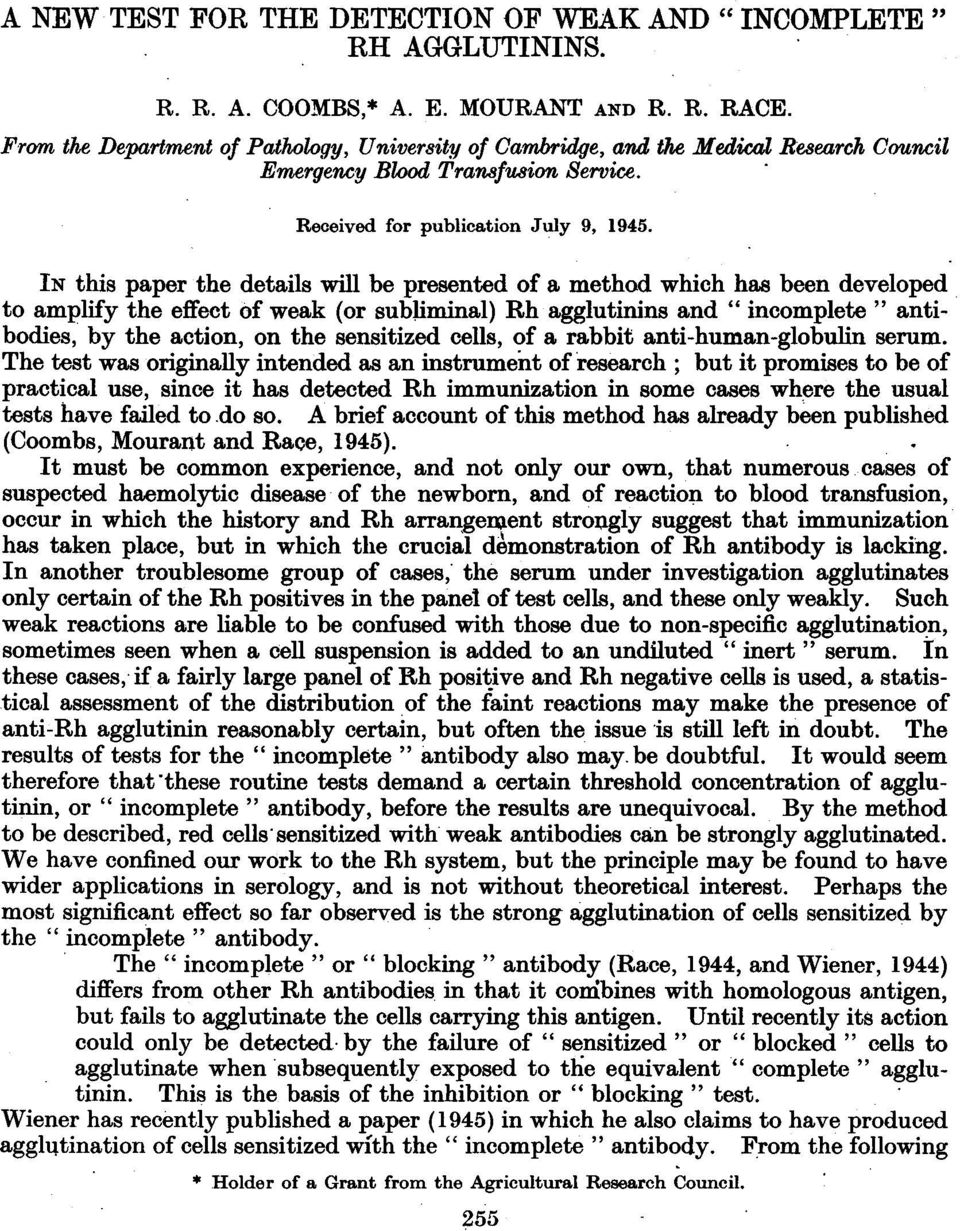
Everything posted by Arno
-
General Lab: Ribosome
I just answered this question. My Score FAIL
-
MicroLabTalk: Emerging and re-emerging infectious diseases
I just answered this question. My Score PASS
-
MicroLabTalk: Syphilis
I just answered this question. My Score PASS
-
General Lab: Tay-Sachs Disease
I just answered this question. My Score PASS
-
HemeLabTalk: Vitamin K
I just answered this question. My Score PASS
-
BloodBankTalk: Reagent RBCs
I just answered this question. My Score PASS
-
ChemLabTalk: Protein electrophoresis
I just answered this question. My Score FAIL
-
HemeLabTalk: Low cell counts
I just answered this question. My Score PASS
-
General Lab: Syphilis
I just answered this question. My Score PASS
-
HemeLabTalk: Hemoglobin
I just answered this question. My Score PASS
-
MicroLabTalk: Parasite
I just answered this question. My Score PASS
-
BloodBankTalk: Jaundice
I just answered this question. My Score PASS
-
MicroLabTalk: Rice water stool
I just answered this question. My Score PASS
-
ChemLabTalk: Hepatitis
I just answered this question. My Score PASS
-
MicroLabTalk: Stain
I just answered this question. My Score PASS
-
BloodBankTalk: Dogs, cats, and xenotransfusion
I just answered this question. My Score PASS
-
BloodBankTalk: Original ABO
I just answered this question. My Score PASS
-
General Lab: Proficiency testing referral
I just answered this question. My Score FAIL
-
BloodBankTalk: CAPA
I just answered this question. My Score PASS
-
HemeLabTalk: Anatomy
I just answered this question. My Score PASS
-
BloodBankTalk: Passive transfer of allergy
I just answered this question. My Score PASS
-
BloodBankTalk: Immunoglobulins
I just answered this question. My Score PASS
-
BloodBankTalk: Blood Donor
I just answered this question. My Score PASS
-
HemeLabTalk: Diagnosis
I just answered this question. My Score PASS
-
ChemLabTalk: Proteins
I just answered this question. My Score PASS
